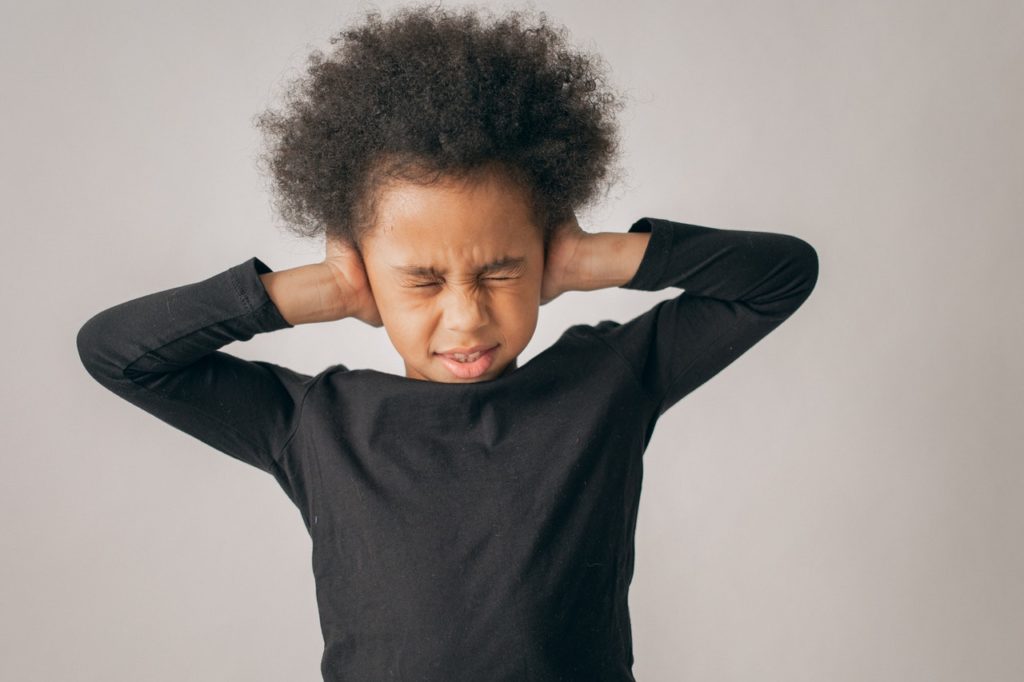Sensory Processing
The Sensory Integration Frame of Reference
Perhaps we should first look at what “sensations” mean in the context of this article, then go on to discuss the sensory integration frame of reference from there.
Sensations and the Human Body
We have different sensors that provide information to our brain about our bodies and our environment. The brain uses this information to ensure that we are safe. It does this by sending messages to different parts of our body.
Our body uses this information in order to react appropriately. This reaction can be automatic. For example, to pull your hand away from a hot stove. The reaction can also be planed, such as to close the window when you are cold.
We have senses that provide information about our body. These are the sense of touch, the sense of proprioception (or position of the body), the sense of movement, and the sense of taste and texture in the mouth. The senses that provide information about the environment are vision, auditory (or hearing) and smell.
Sensory Integration
The senses need to be developed well to perceive correctly. This is to ensure that the brain processes all of the sensations from the body and the environment effectively. When the brain processes the sensations effectively, it’s able to provide the correct reactions at the correct time.
The process of:
- perceiving sensations in the body and the environment,
- the integration in the brain and
- responding with the appropriate reactions or behaviour
is called sensory integration.
Inadequate Sensory Integration
Problems with this process called sensory integration create problems in the reactions to different stimuli. Thus, problems in this area can cause problems in the behaviour. One notices this in children as they haven’t learnt effective ways to cope or to avoid.
Many adults have problems with sensory processing as well. But, they have learnt to avoid specific stimuli to prevent adverse reactions. For example, many adults do not enjoy noisy environments and need quiet periods during the day or evening.
Others do not cope with strong smells or tastes and prefer bland food. Others might be seeking movement and might find it difficult to sit still for periods of time. These adults have often chosen work and hobbies to suit their “sensory needs”.
The person in need of movement might work as a labourer, a teacher, a free-lance journalist. All of which provide the opportunity to move regularly throughout the working hours. Others, also in need of movement, might choose to be active in sport after work.
This is seen as “normal” and appropriate. However, in children, we often find that they do not have the freedom to make these choices. And, worse still, they do not understand their own needs. So, they cannot make the right choices to meet their sensory needs.
Typical “Symptoms” of Inadequate Sensory Integration
These children find it difficult to cope in different environments. For example, in a place with a high noise level. (But, they often make a lot of noise because they can handle noises that they can control!)
Other children may find it difficult to cope in visually busy places, such as a supermarket. They can have emotional reactions and meltdowns, as they can be overwhelmed by too many sensations.

The opposite can also happen. The child might be a “seeker” and might need more sensations to focus and to pay attention. This child might tend to daydream and to “drift off”. Resulting in not hearing instructions and not knowing what to do.
Many children with sensory integration difficulties avoid activities that they find challenging. And, when they do participate, we see “clowning”. I think they would prefer to be the “clown” and have people laugh at them because they try to be funny, rather than to show others the difficulty they have with a specific task.
We can help children and adults with these problems
- Assess the problem areas. You might use the many check lists available on the internet or book an assessment with an occupational therapist qualified to work with sensory integration problems.
- Use a sensory diet. Ask your occupational therapist to identify specific sensory rich activities. Provide these at regular intervals throughout the day to encourage focused attention and to avoid sensory overload and meltdowns.
- Ensure that the child’s sensory-motor skills are well-developed. This form the foundation of many other skills and a well-developed foundation will minimize avoidance and clowning. It will ensure that the child can follow instructions, understand how to perform and how to react appropriately. It will create improved self-confidence and successful outcomes when participating in many different tasks at home, in the classroom and on the sport field.